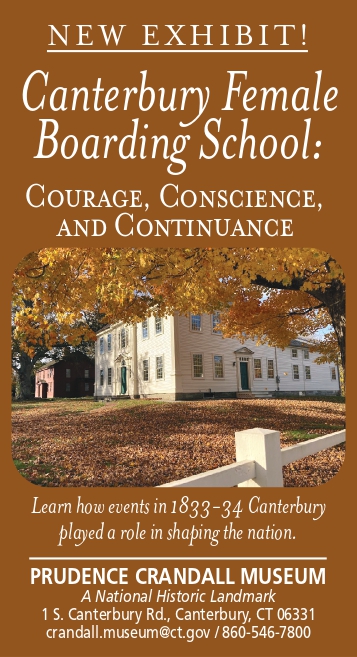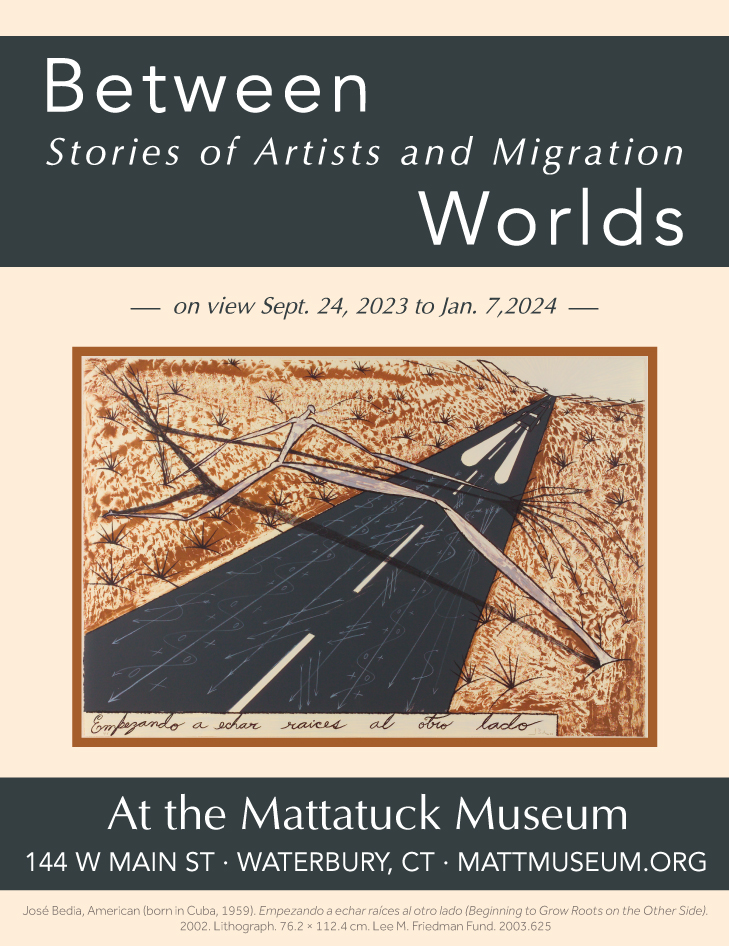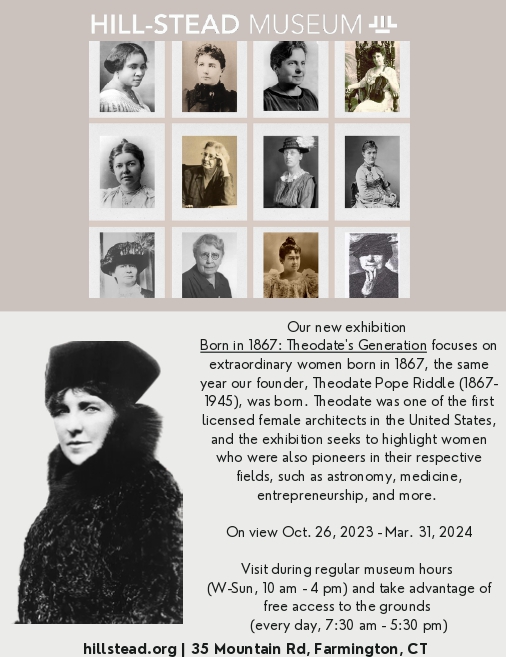By Beth M. Caruso
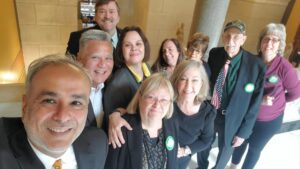
Senator Saud Anwar and Representative J ane Garibay with members of the Connecticut Witchcraft Exoneration Project.
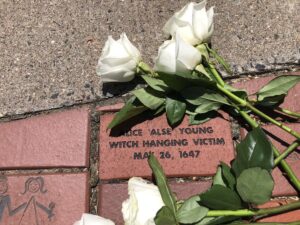
A brick memorializing Alice ‘Alse’ Young was placed in a town Heritage Bricks installation in Windsor, Connecticut. Young was the first person on record to be executed in the 13 British colonies for witchcraft.
After moving to Windsor in 2005 I discovered that Connecticut’s first witch-trial victim was a settler in Windsor, Alice ‘Alse’ Young, who was executed on May 26, 1647. As I did more research, her story and those of other victims haunted me, because they were barely known and in some cases had been well hidden. The accused, most of them female and many of them leaving vulnerable children behind, were victims of superstition and an unjust legal system. After writing the historical novel One of Windsor, about Alice Young, meeting many descendants in person and online, and familiarizing myself with more of this dark period, I was convinced more needed to be done to acknowledge their place in history. Others before me had attempted to write and pass resolutions in the Connecticut General Assembly in 2008 and 2009, but those attempts failed.
By the 375th anniversary of Alice Young’s hanging in 2022, the State of Connecticut had never officially corrected the historical record about these wrongs. I complained in frustration online that day, and others agreed. Collectively, we formed the Connecticut Witch Trial Exoneration Project. Hopeful and determined after the exoneration of Salem victim Elizabeth Johnson Jr., in Massachusetts that summer and supported by State Representative Jane Garibay of Windsor, we set out to right the colonial witch-trial wrongs.
In January 2023 State Representative Jane Garibay and State Senator Saud Anwar co-sponsored House Joint Resolution No. 34 in the general assembly, “Resolution Concerning Certain Witchcraft Convictions In Colonial Connecticut.” The resolution noted that the colonies of Connecticut and New Haven had “indicted at least thirty-four women and men for the alleged crime of witchcraft and convicted twelve of them, executing eleven.” It cited the radically different status of women, the pre-modern standards of proof, and societal panic as factors that merited the exoneration of the accused. At a public hearing held by the Joint Judiciary Committee on March 1, 2023, descendants and others gave testimony about the importance of the resolution. An amended resolution cleared the house of representatives on May 10th
The resolution was adopted by the state senate almost unanimously on May 25, the eve of the anniversary of Alice Young’s hanging and the beginning of the witch-hanging era in New England. Governor Ned Lamont does not need to sign the resolution into law since it is a house joint resolution. The state of Connecticut has now officially recognized the wrongfulness of the accusations and expressed empathy for the suffering of its past witch-trial victims. After naming all of the victims, the amended resolution states, “the State of Connecticut apologizes to the descendants…for the harm done to the accused persons’ posterity to the present day, and acknowledges the trauma and shame that wrongfully continued to affect the families of the accused.”
Beth Caruso is a Windsor author who writes historical novels and has published original research about the Connecticut witch trials. With CT Explored publisher Katherine Hermes, she is the author of “Between God and Satan: Thomas Thornton, Witch-Hunting, and Religious Mission in the English Atlantic World, 1647–1693.” Connecticut History Review 61, no. 2 (2022): 42-82.
Learn More!
Connecticut House Joint Resolution 34, legiscan.com/CT/bill/HJ00034/2023
